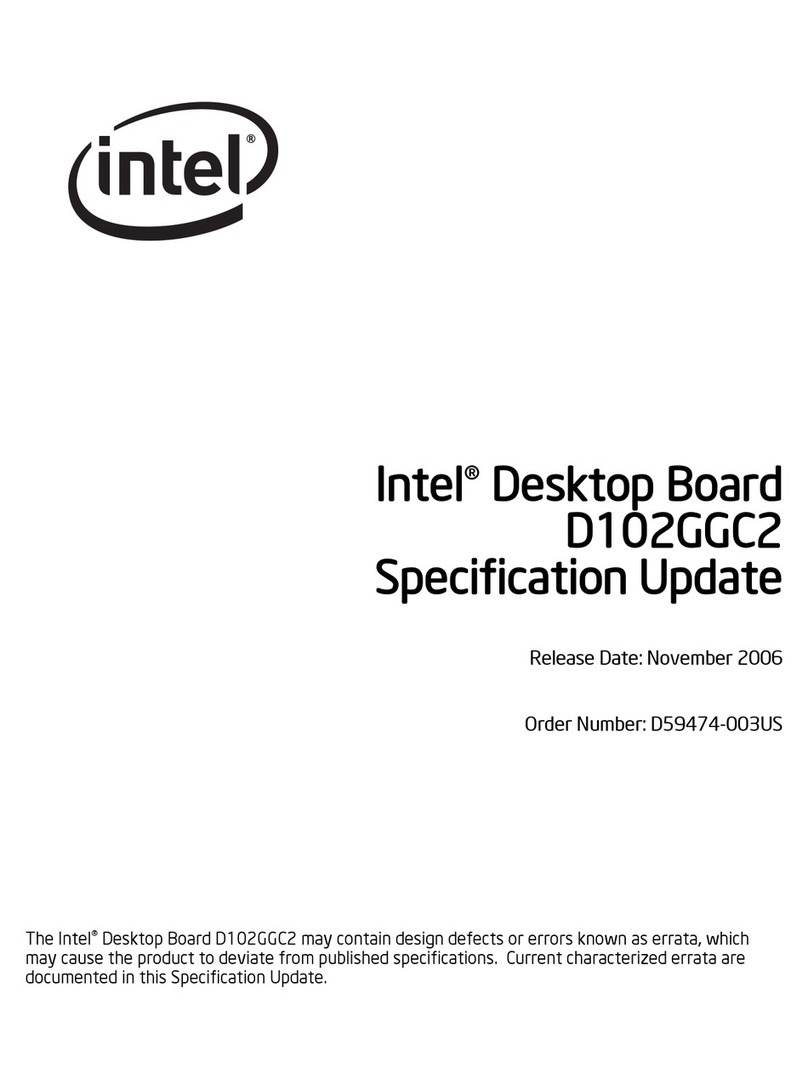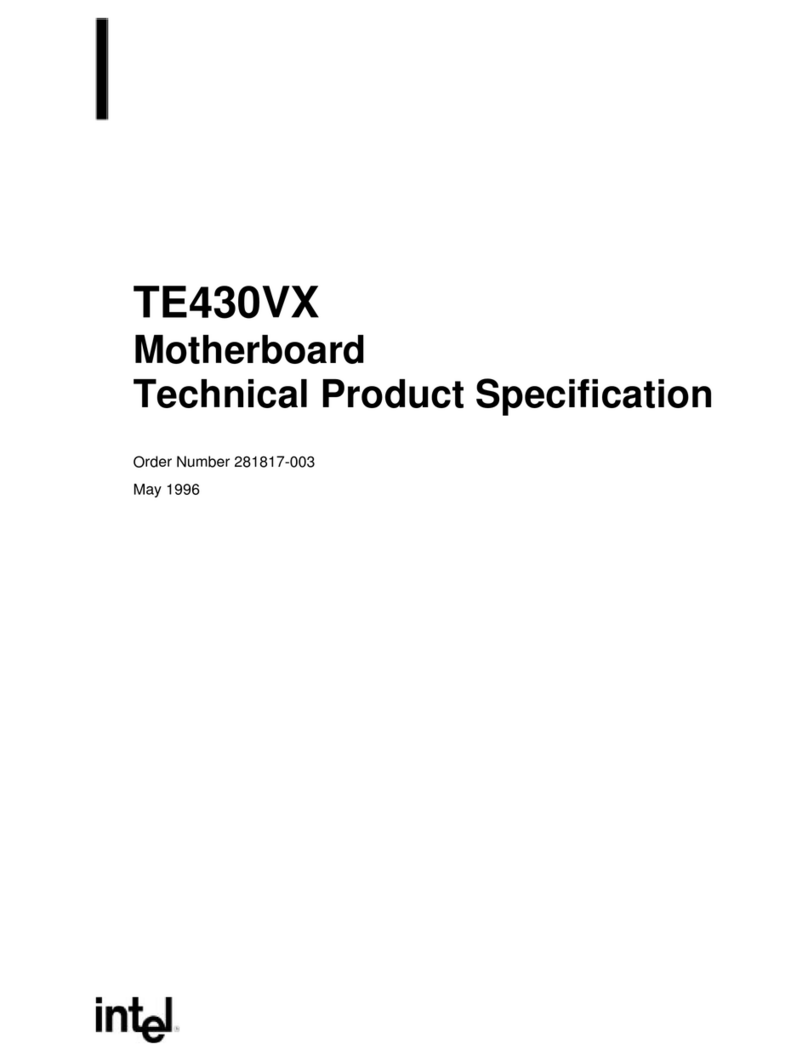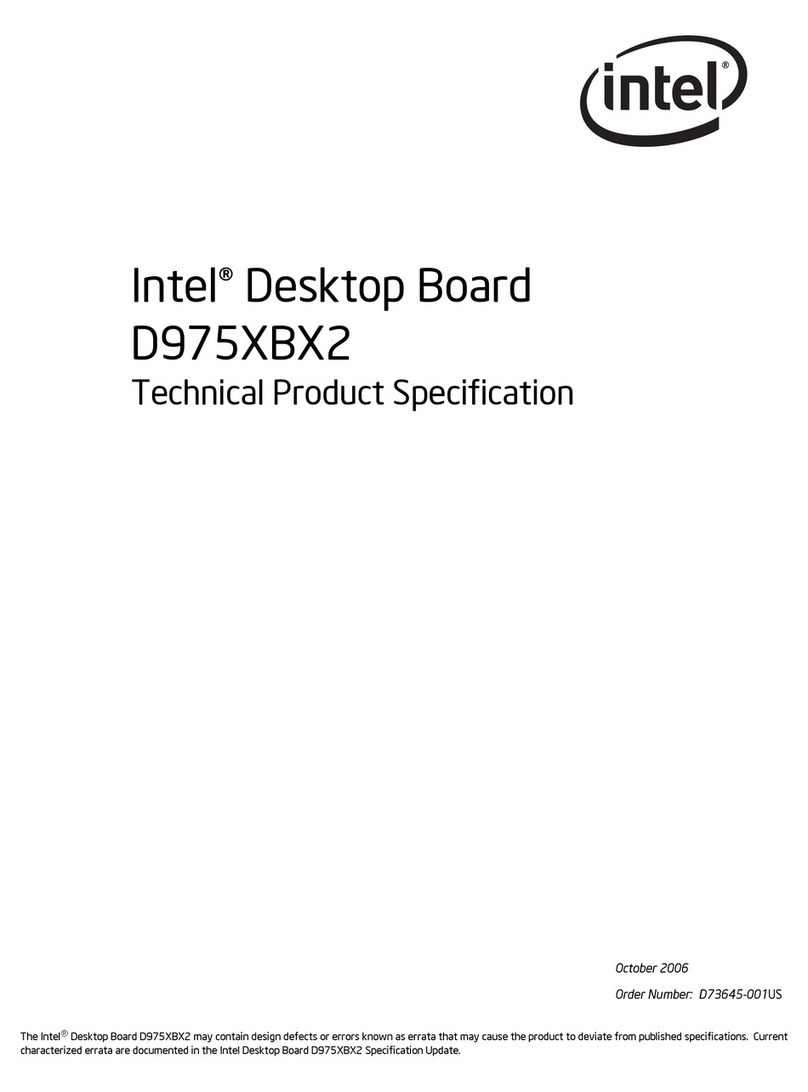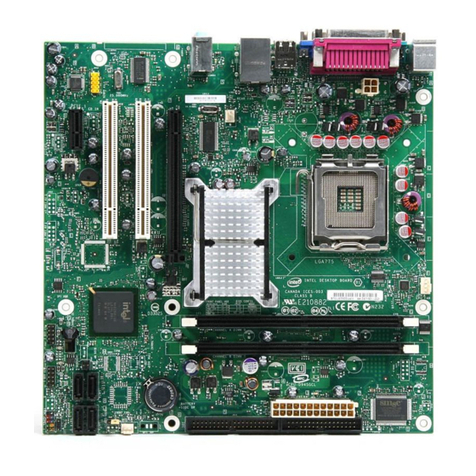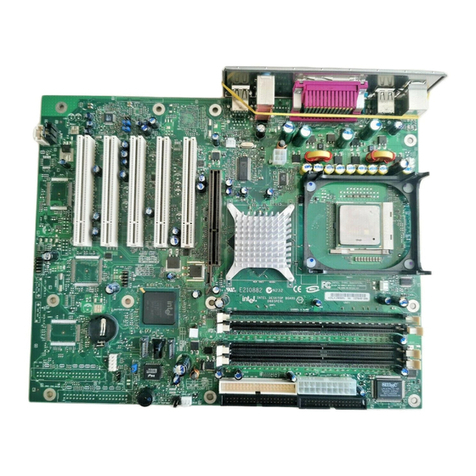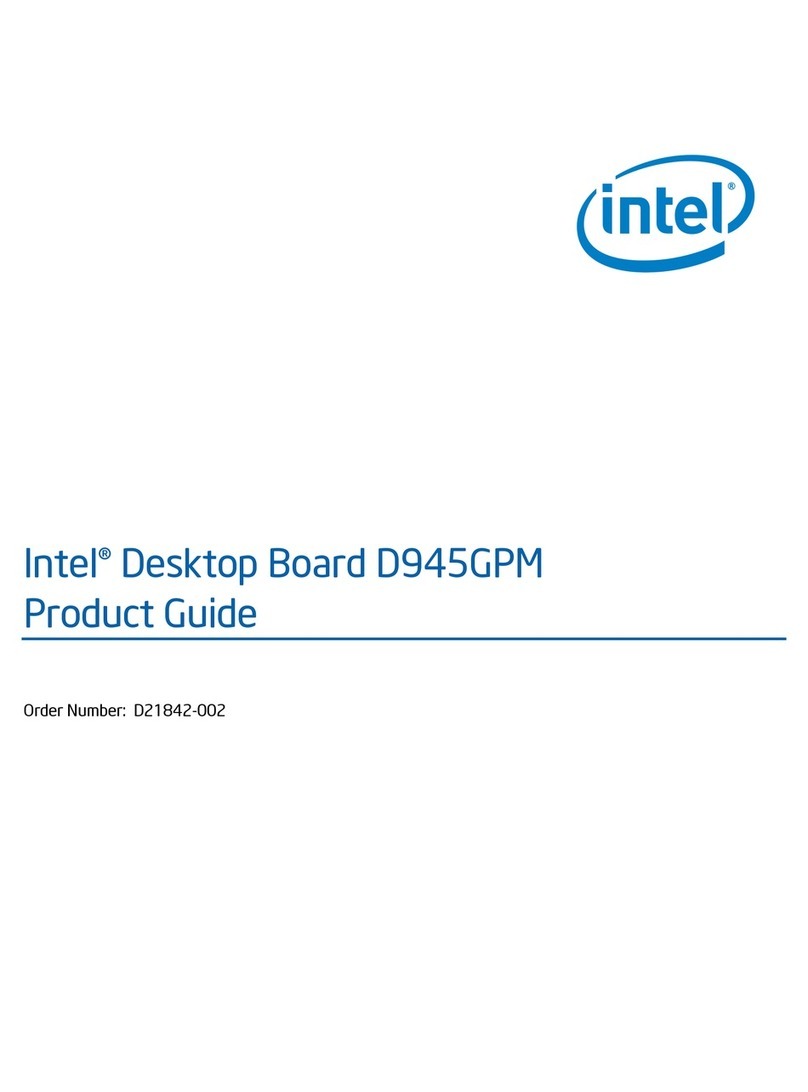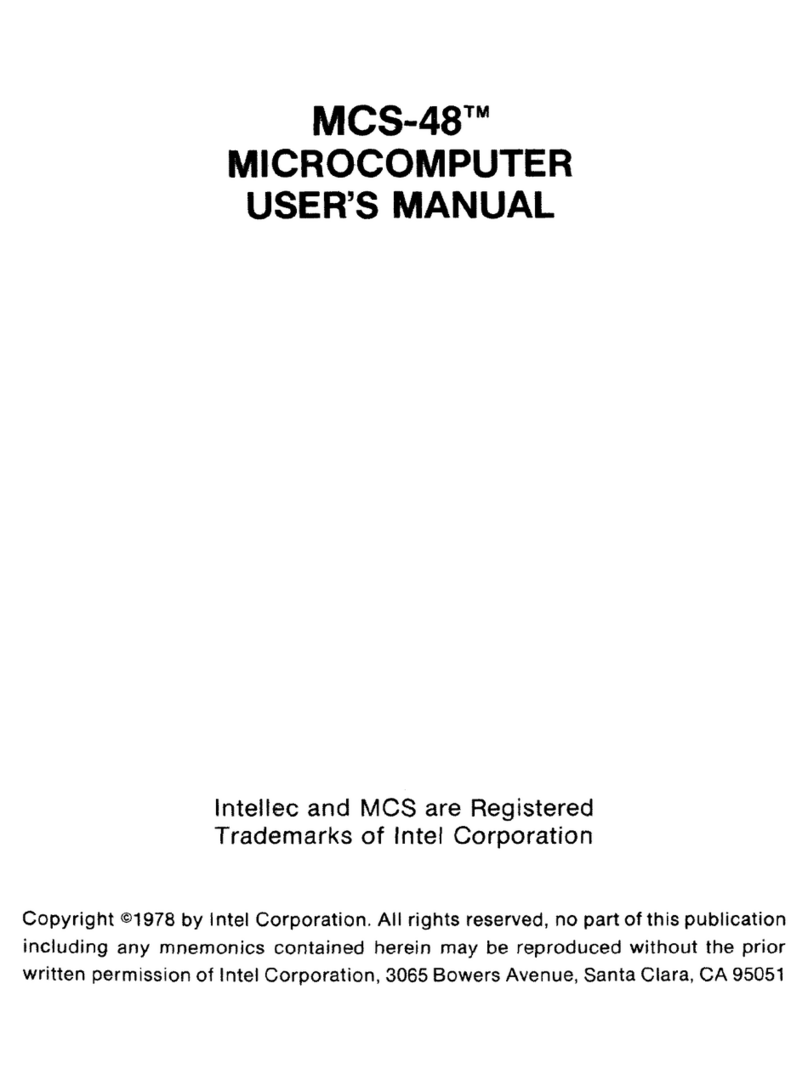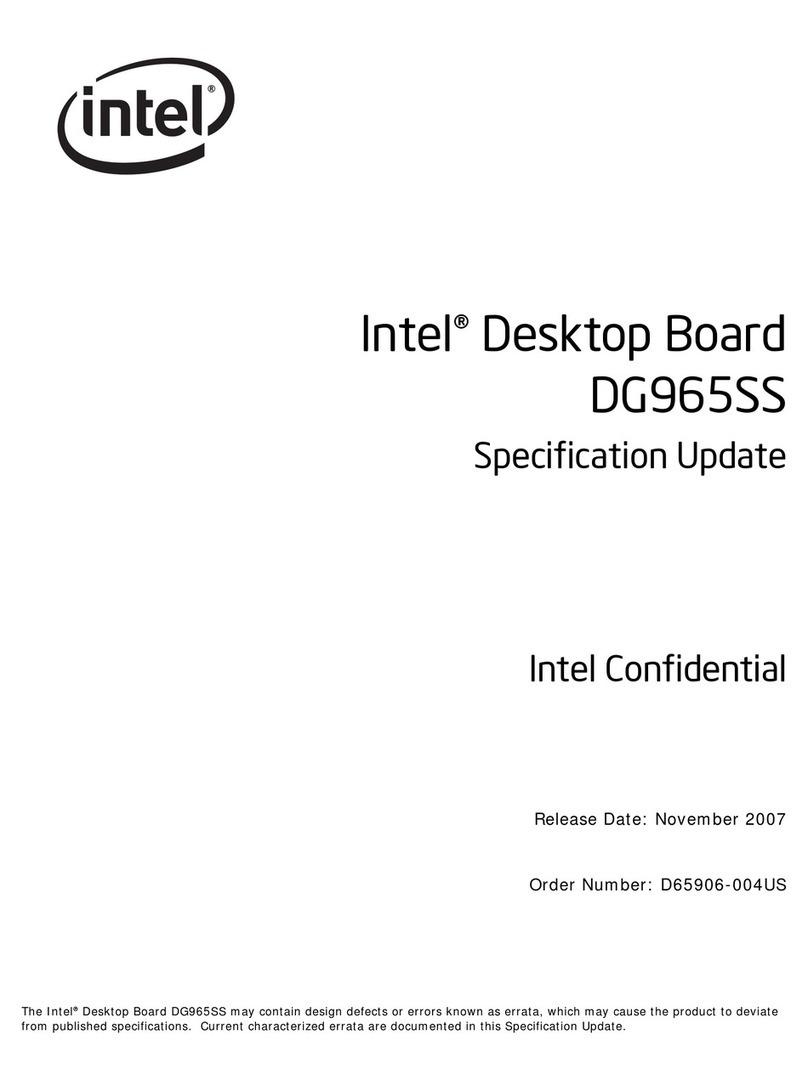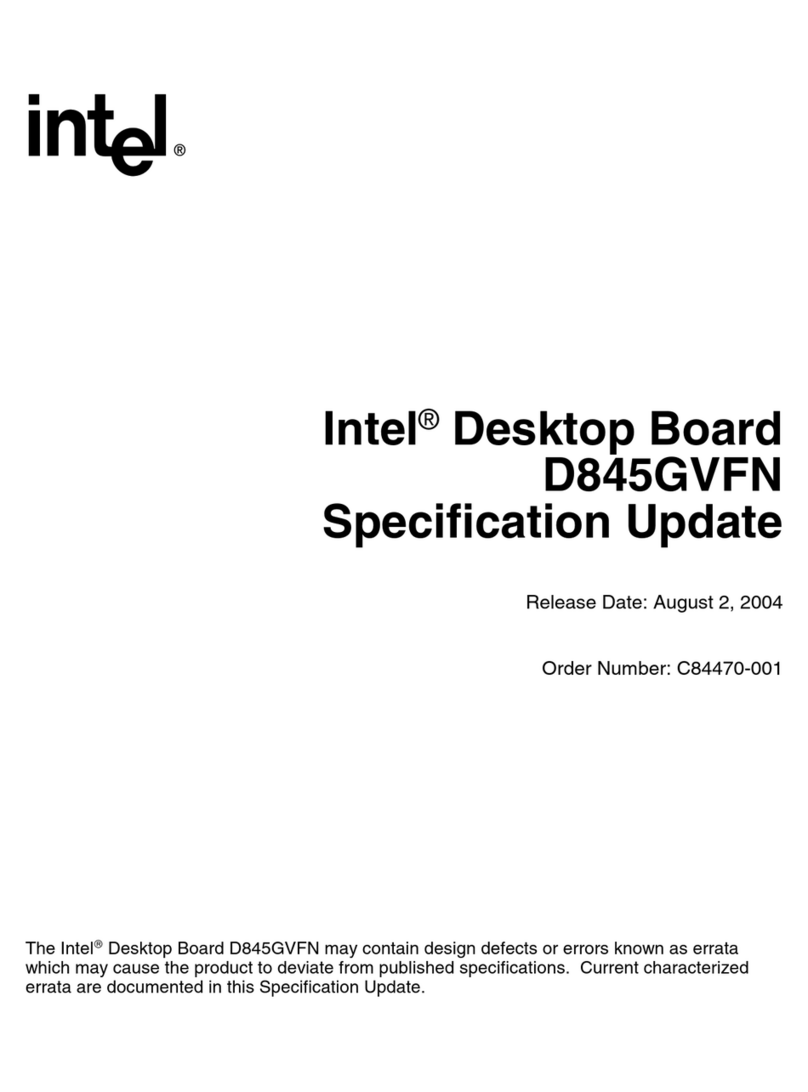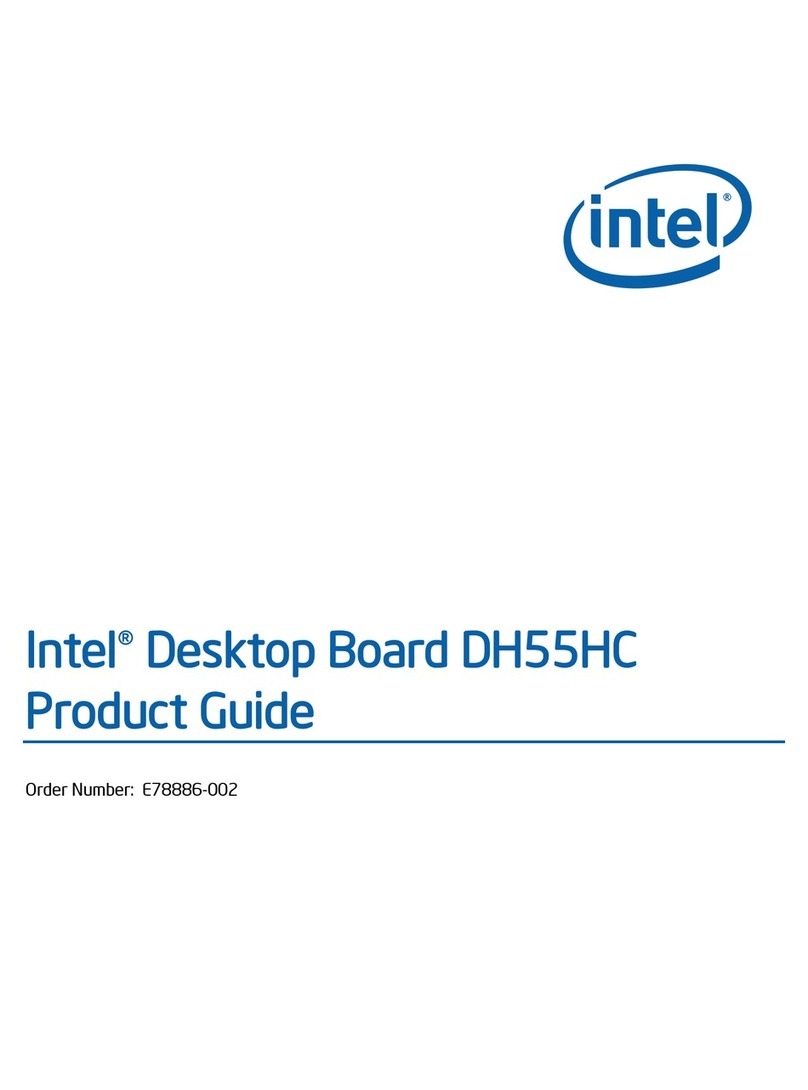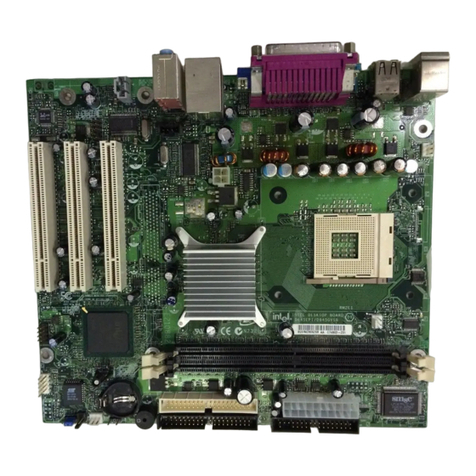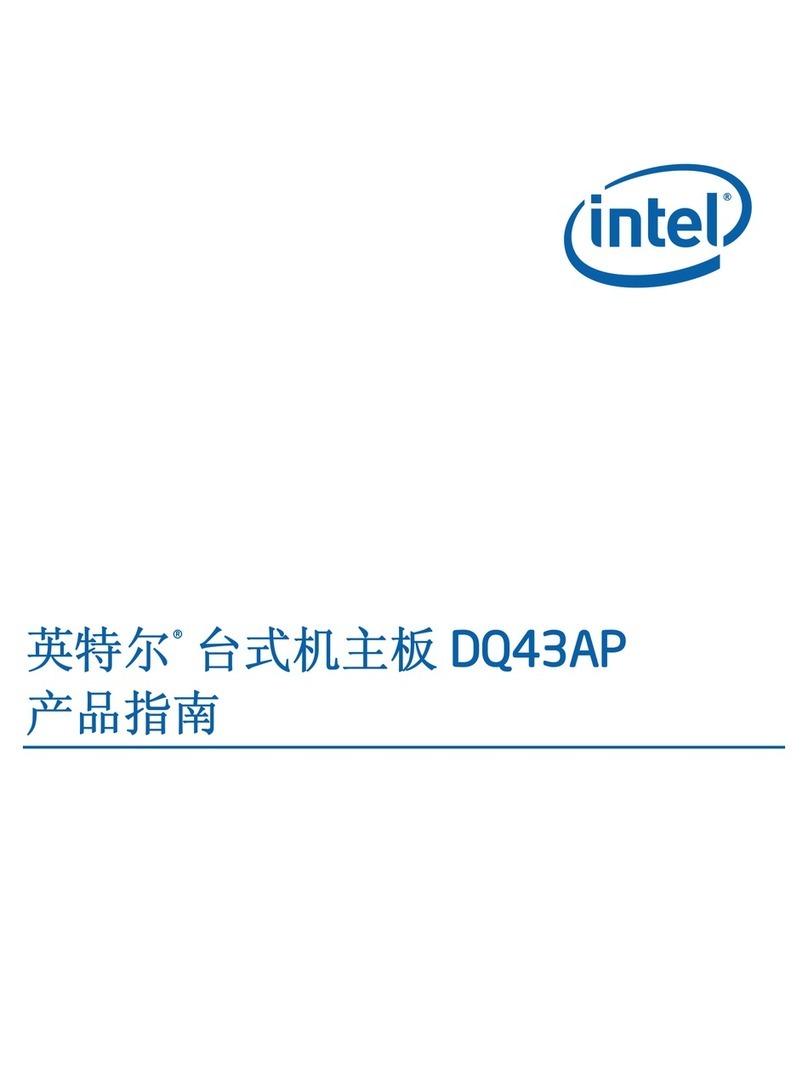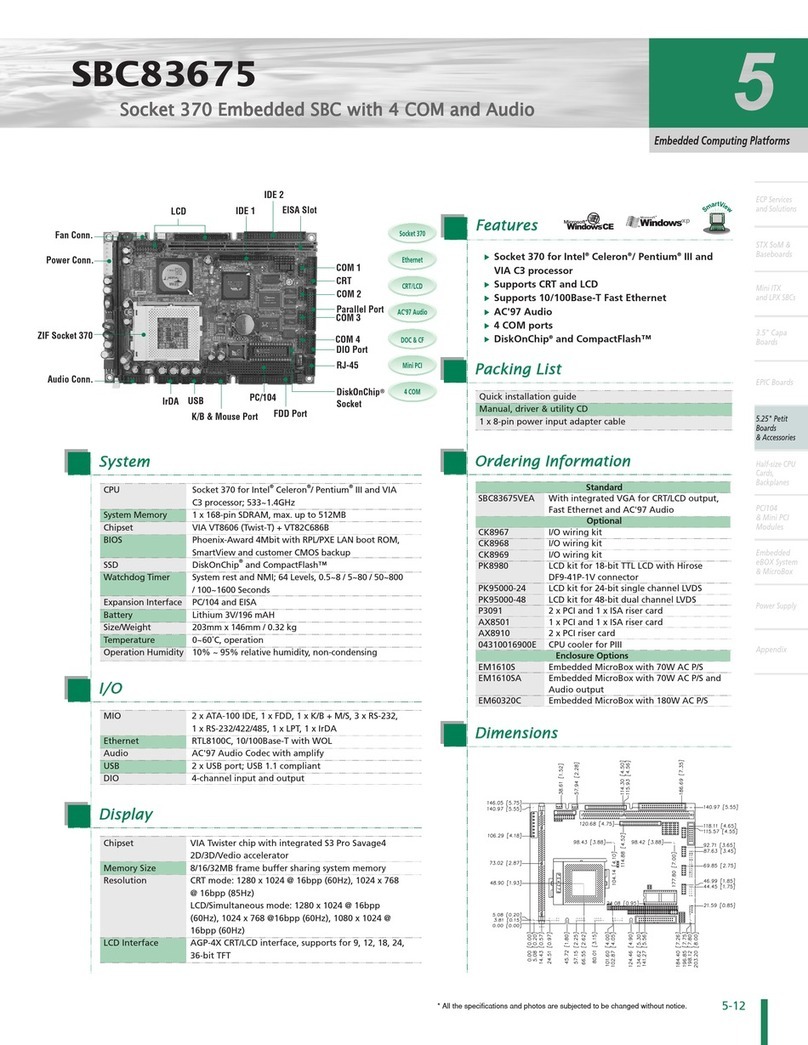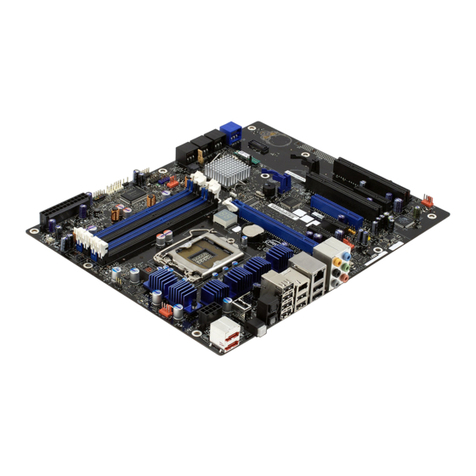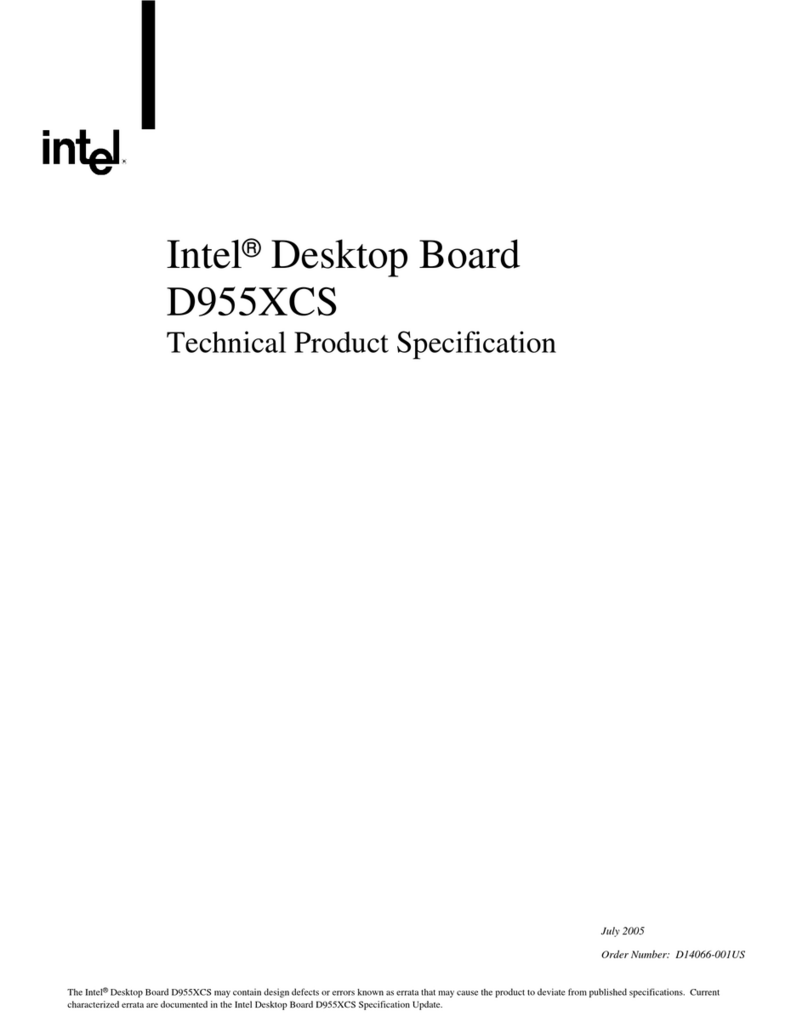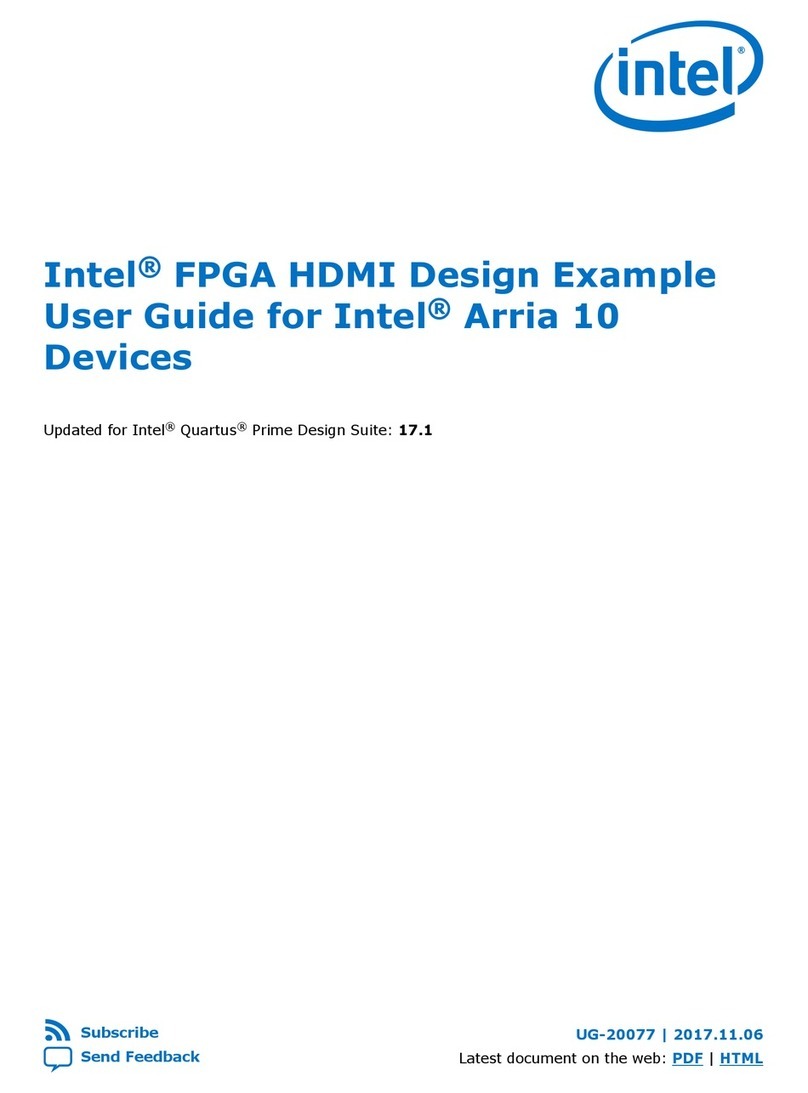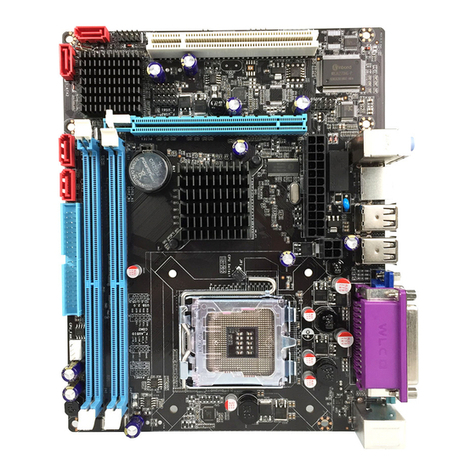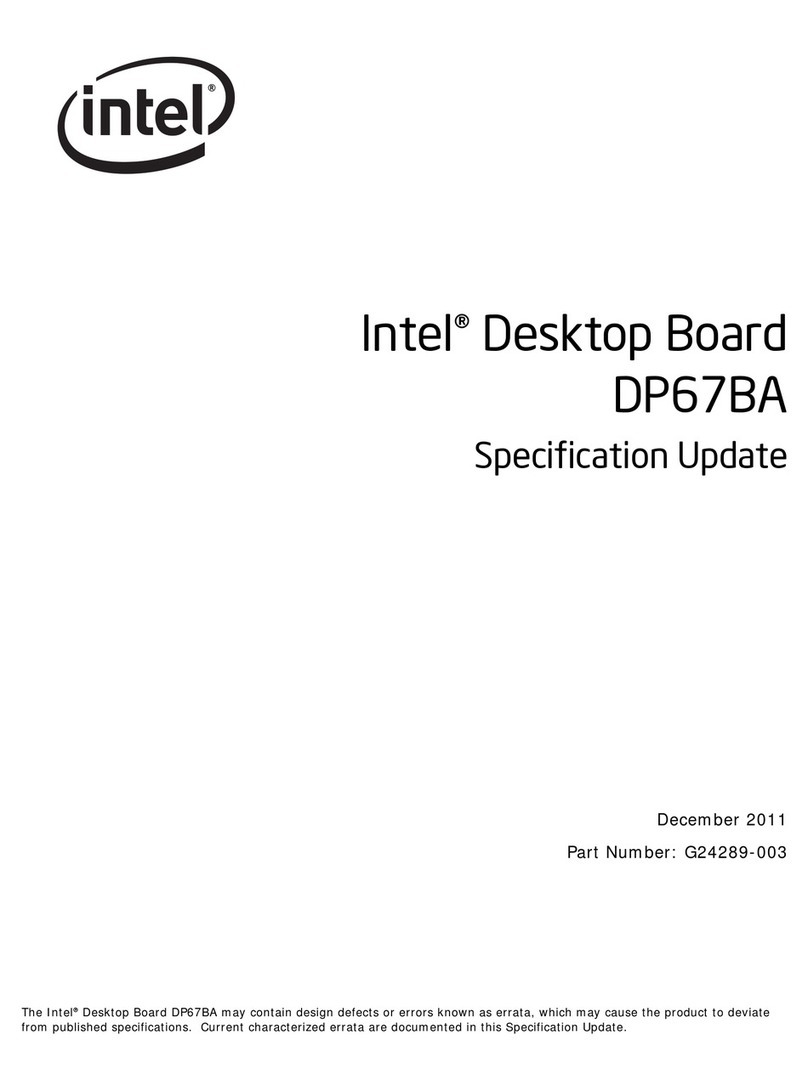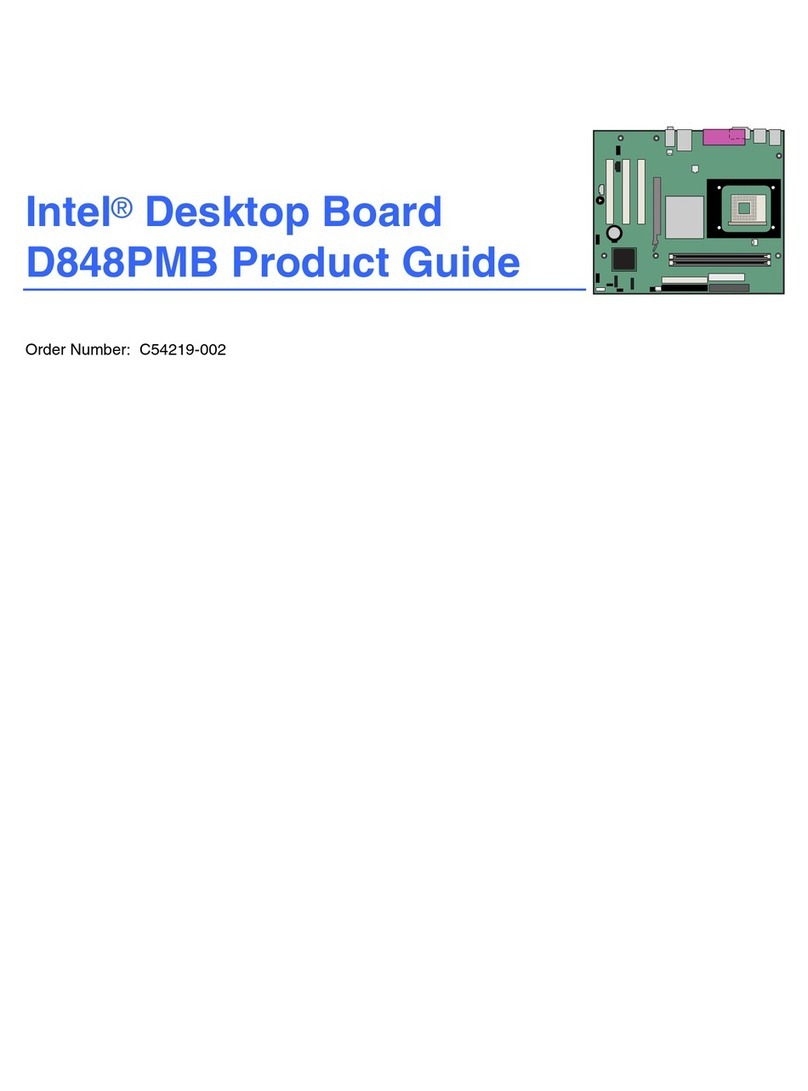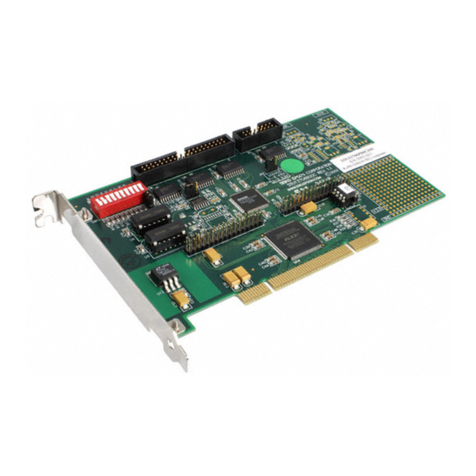
Intel Desktop Board DP965LT Technical Product Specification
viii
2.7 Connectors and Headers................................................................... 50
2.7.1 Back Panel Connectors .......................................................... 51
2.7.2 Component-side Connectors and Headers ................................ 52
2.8 Jumper Block .................................................................................. 60
2.9 Mechanical Considerations ................................................................ 61
2.9.1 Form Factor......................................................................... 61
2.9.2 I/O Shield ........................................................................... 62
2.10 Electrical Considerations................................................................... 63
2.10.1 DC Loading.......................................................................... 63
2.10.2 Fan Header Current Capability................................................ 63
2.10.3 Add-in Board Considerations .................................................. 64
2.10.4 Power Supply Considerations ................................................. 64
2.11 Thermal Considerations.................................................................... 65
2.12 Reliability ....................................................................................... 67
2.13 Environmental ................................................................................ 67
3Overview of BIOS Features
3.1 Introduction ................................................................................... 69
3.2 BIOS Flash Memory Organization....................................................... 70
3.3 Resource Configuration .................................................................... 70
3.3.1 PCI Autoconfiguration ........................................................... 70
3.3.2 PCI IDE Support................................................................... 71
3.4 System Management BIOS (SMBIOS)................................................. 71
3.5 Legacy USB Support ........................................................................ 72
3.6 BIOS Updates ................................................................................. 72
3.6.1 Language Support ................................................................ 73
3.6.2 Custom Splash Screen .......................................................... 73
3.7 BIOS Recovery................................................................................ 73
3.8 Boot Options................................................................................... 74
3.8.1 CD-ROM Boot ...................................................................... 74
3.8.2 Network Boot....................................................................... 74
3.8.3 Booting Without Attached Devices........................................... 74
3.8.4 Changing the Default Boot Device During POST ........................ 74
3.9 Adjusting Boot Speed....................................................................... 75
3.9.1 Peripheral Selection and Configuration..................................... 75
3.9.2 BIOS Boot Optimizations ....................................................... 75
3.10 BIOS Security Features .................................................................... 76
4Error Messages and Beep Codes
4.1 Speaker ......................................................................................... 77
4.2 BIOS Beep Codes ............................................................................ 77
4.3 BIOS Error Messages ....................................................................... 77
4.4 Port 80h POST Codes ....................................................................... 78
